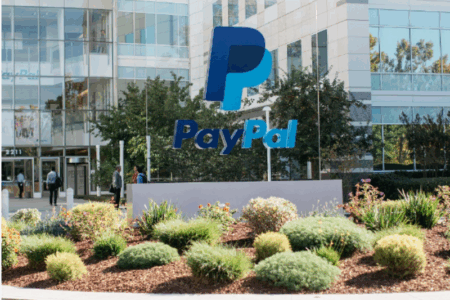Singaporean investors love receiving dividends.
The good news is that there are plenty of options within the local stock market.
For instance, Singapore Exchange Ltd (SGX: S68) or SGX and Singapore Technologies Engineering (SGX: S63) or ST Engineering have paid dividends for the past 20 years.
Meanwhile, the big three banks in Singapore, namely DBS Group (SGX: D05), Oversea-Chinese Banking Corporation (SGX: O39) or OCBC and United Overseas Bank (SGX: U11) or UOB, have been increasing their dividends over time.
Without a doubt, receiving regular income is attractive.
But it’s important to remember that companies are not obligated to pay a regular dividend.
Furthermore, the ability to continue paying a dividend depends on how well the business is doing. If the business falters, then the company may be forced to cut back on its dividend payout.
1. Declining Profits or Losses
Most companies have a dividend policy which ties their dividend payouts to a percentage of their profits.
Take SATS (SGX: S58), Singapore’s leading provider of in-flight catering.
Prior to the pandemic, the company would pay out between 70% and 80% of its underlying net earnings to shareholders.
However, during fiscal year 2021 (FY21), the business suffered losses and was forced to eliminate its dividend.
It took the company three years to recover before it resumed paying a dividend for FY24.
To be sure, SATS was not the only one who suffered.
Many blue-chip companies were not spared from either cutting their dividends significantly or eliminating them during the pandemic.
2. Negative Free Cash Flow
Free cash flow is the lifeblood of dividends.
While profits are important, it’s the cold, hard cash that funds payouts.
Going back to our examples above, SGX and ST Engineering have a long history of generating consistent free cash flow, which is essential for sustaining their dividends.
On the flip side, investors should be wary of companies with negative free cash flow, as it can signal trouble ahead.
Telltale symptoms include falling profits, which lead to lower free cash flow, a heavy reliance on debt to fund operations, or a sharp increase in capital expenditures to maintain the business.
3. Payout Ratio Exceeding 100%
Typically, companies set a payout ratio at between 40% and 60% to balance dividend payments with the need to reinvest for growth.
If a company’s payout ratio exceeds 100%, it means it’s paying out more than its net profit. This setup is unsustainable. To maintain dividends, companies may dip into their cash reserves or, more likely, reduce the payout.
Take StarHub (SGX: CC3).
Between its 2010 and 2016, the telco paid a S$0.20 dividend per share per year like clockwork.
However, if you look closer, the telco was paying out somewhere between 90% and 109% of its earnings per share (EPS), a payout rate which, in time, proved to be sustainable.
Things came to a head in 2017.
StarHub’s EPS fell, prompting the telco to reduce its dividends in tandem.
For 2023, its dividend payout is around 82% which looks more sustainable than its past, provided the company can sustain its profit level.
Get Smart: Staying vigilant
While dividends can be a valuable source of income, it’s essential to be vigilant.
By monitoring these three key indicators – declining profits, negative free cash flow, and excessive payout ratios – you can better assess the sustainability of a company’s dividend policy and make better investment decisions.
Attention: Investors aiming for both growth and peace of mind. We’ve pinpointed 5 SGX stocks known for consistent dividends. If you want to build a retirement portfolio, but don’t want the stress of stock watching, this report is for you. Click HERE to download now.
Follow us on Facebook and Telegram for the latest investing news and analyses!
Disclosure: Chin Hui Leong owns shares of DBS Group, OCBC, SGX and UOB.





